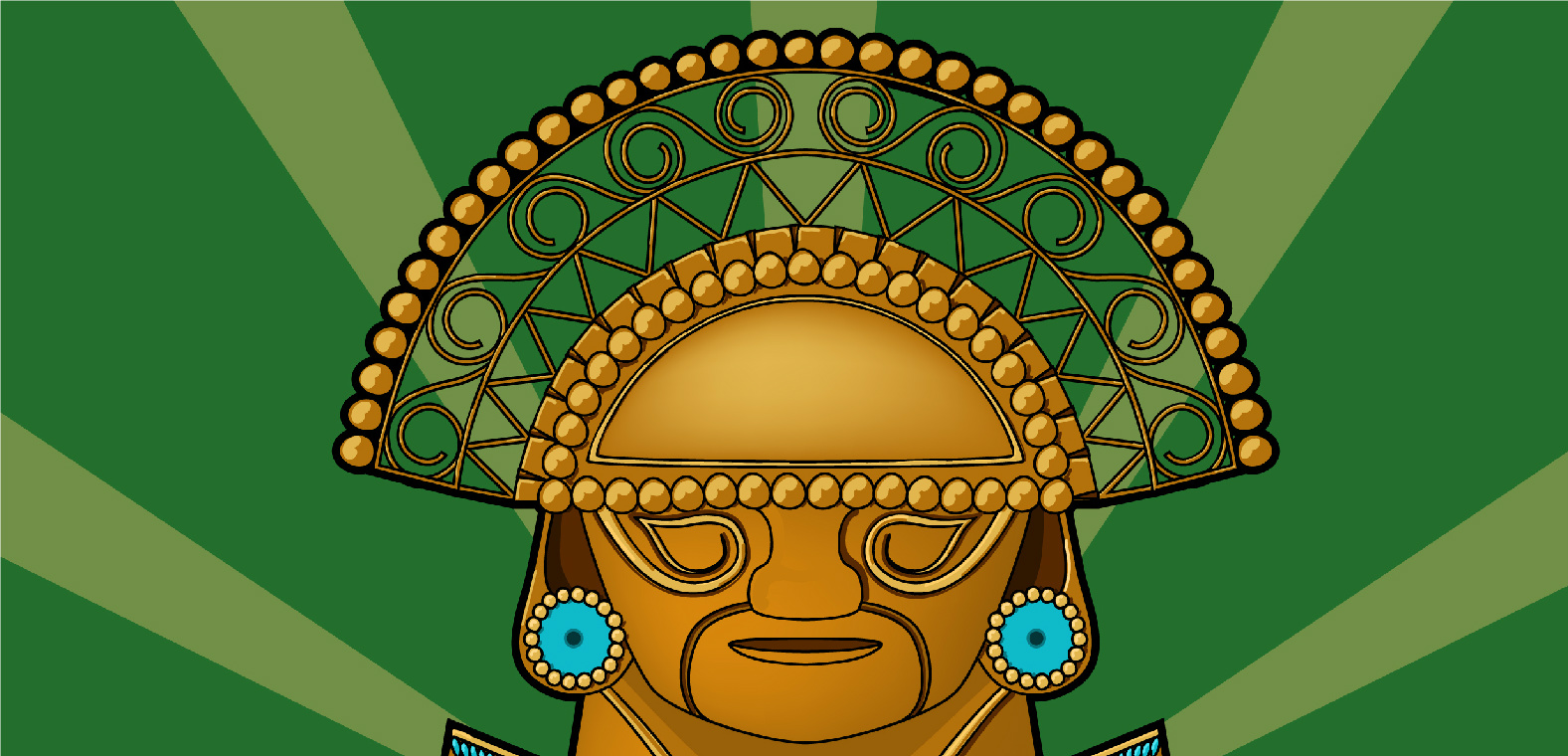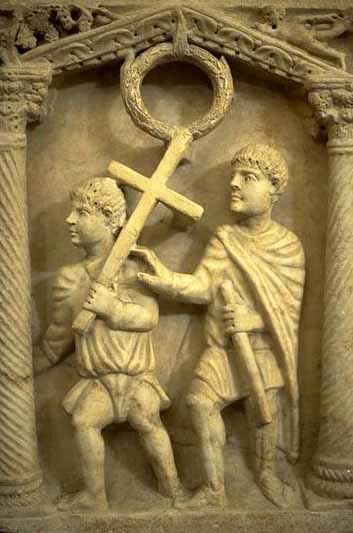

The first two centuries of the ancient Roman timeline of the Roman Republic saw the republic expand to include the entire Italian peninsula. It was mainly during the era of the Roman Republic that it grew from a city state to a power exerting influence over the entire Mediterranean world. The republicīefore becoming an empire in 27 BC, Rome was a republic with the era of the Roman Republic beginning in 509 BC and extended over several centuries. This marked the beginning of the one of the most powerful empires in history which successfully survived over the course of next five centuries. After the war, Egypt was annexed with Rome and in 27 BC, Octavian was proclaimed the new emperor by the Roman senate and he took the title of Augustus Caesar. The year 27 BC is taken as the starting point of the Roman Empire after the victory of Julius Caesar’s adopted son, Octavian, over Mark Anthony and Cleopatra at the Battle of Actium in 31 BC. The start of the Roman Empire and in 27 BC was another landmark event in ancient Roman timeline.Ī map showing the extent of the Roman empire. Further important events of ancient Roman timeline have to do with Carthaginian general Hannibal’s invasion of Italy in 218 BC and then the Roman invasion and destruction of Carthage in 146 BC. Rome became a republic in 509 BC which is obviously a landmark event in the ancient Roman timeline. The starting point of the main events of ancient Roman timeline can be taken as the reign of Servius Tullius, the legendary sixth king of Rome, who defined the boundary of Rome in 6th century BC. Rome became a republic in the 6th century BC and retained this status for a few centuries before becoming an empire in the 1st century BC. It originated in Italy and over the successive centuries, successfully conquered the rest of the Italian and then Mediterranean city states.

The actual timeline of the history of ancient Rome can be traced back to 753 BC when, according to legend, Rome was founded by two brothers named Romulus and Remus.


 0 kommentar(er)
0 kommentar(er)
